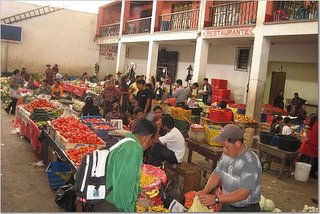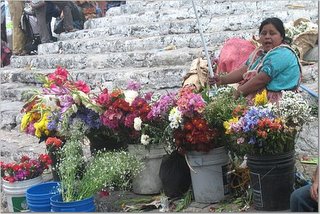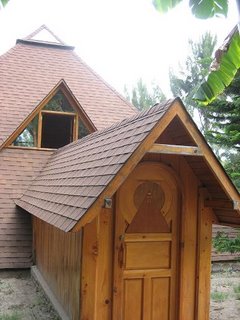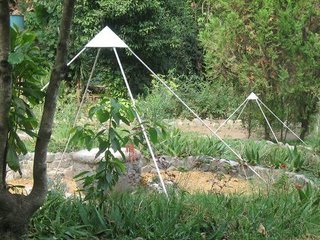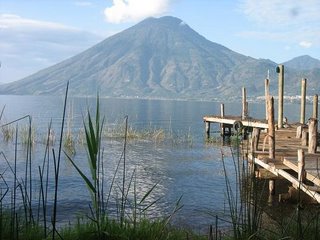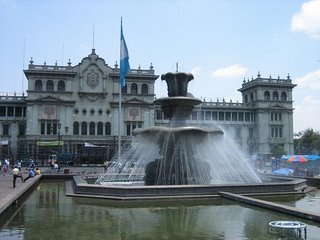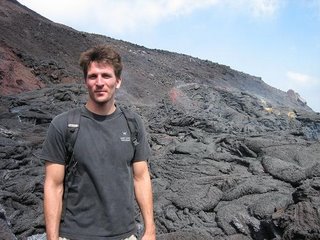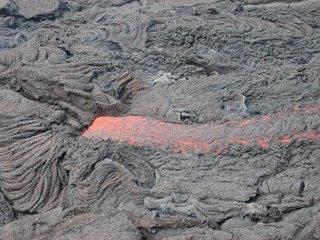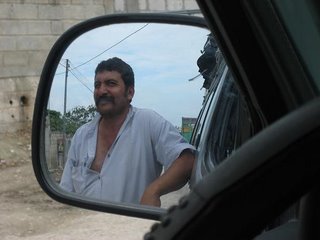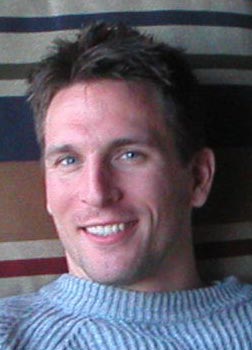Adiós Guatemala
View all photos from Northern Guatemala: http://share.shutterfly.com/action/welcome?sid=0AcNmzVq5YsWLCOg
After about six weeks in Guatemala it is time to bid farewell to this country that has captured my heart. But before continuing my trip to México I first have to make it out of Guatemala and my last day here was as typical of a day as can be. My plan is to leave Xela (Quetzaltanango) around midday and make it all the way to San Cristobal da las Casas, México by night. I should have known better.
I reach the bus terminal in Xela and promptly find a bus headed for the border (what good luck, I think), which eventually leaves after 30 minutes instead of the promised 5 minutes and then proceeds to drive across town for another ½ hour to gather people until the bus is full. And by full, I do not mean simply full, I mean Guatemala full. Many of you have ridden on an old U.S. school bus that is supposed to seat two people on each side of the isle. Well, we were able to fit between 6 and 9 people per row along with luggage (dead and alive). And so the trip begins.
A woman in front of me wears a sling around her shoulder and cuddled inside is a beautiful little girl. Her big curious eyes observe everything in silence (crying children do not get much sympathy) until they meet my eyes. And for a few magical moments we look into each other’s eyes: she obviously being intrigued by the “strangeness” of my face and I admiring her eyes. And then suddenly she lifts her tiny hand out of the sling and opens it and inside sits an even tinier little bird. With proud eyes and a big smile she shows me her bird, pets it and then disappears back into the sling cuddling against her mom’s back.
I turn over to my other side and notice that directly next to me a woman is breastfeeding her little baby, without shame or disguise like it is the most natural thing in the world. I agree, but continue to be surprised that in a traditional, conservative, catholic country like Guatemala breastfeeding would be displayed so openly (and I have seen it everywhere: in the markets, the side of the street, in restaurants and even one time in the middle of a conversation with me a woman pulled out her breast to feed her baby; simply anytime and anyplace the baby is hungry.
The bus stops, we are in Huehuetenango (about half way to México). “½ hour break,” announced the driver. “So much for direct service”, I think to myself and after about 1 ½ hours and after the bus has been filled again we finally depart.
Shortly before the border there is a police stop. Several officers board the bus and squeeze through the rows obviously looking for something. Several minutes later they return empty-handed and the trip resumes. My neighboring passenger explains that the police is looking of illegal immigrants (usually from Honduras) trying to make their way to México on the way to the USA. She adds that they are very easy to spot because of their different physical features (darker skin and curly hair) and different accent.
So we finally arrive after 7 hours (instead of the advertised 4 hours) and I proceed to walk towards the border. The street left and right is lined with stands. After 2 kilometers the market stands with everything on display (but mostly clothes) still continues and I decide to ask about such a big market in such a tiny border town. Not surprisingly, due to big price difference between México and Guatemala many Mexicans make this a day-trip shopping destination.
So far so good but I am still not in Mexico. I enter the immigration office (on the Guatemala side for the exit stamp) and am happy because I am the only person, that is the only person on the traveler’s side of the office. Inside about 5 immigration officers are huddled around a television watching a football game with all their attention. After 5 minutes I am told that they would be right with me. After 10 minutes one of the officers gets up (while the ball is out of bounds) takes my passport and sits back down in front of the television. After 15 minutes it is finally half time and the officer walks over to the computer trying to retrieve my information. Shortly thereafter it becomes evident why there are 5 officers required: they are all 5 standing around the computer each giving advice on how to use the system (as if I was the first person crossing the border). The half time is almost over and I start to worry I would have to wait another 45 minutes until the end of the game. But then finally the superior officer gives the green light (although the computer is still not working). He stamps my passport and I am on my way to México (at 10pm vs. my expected arrival of 6pm).
Guatemala: I will miss you; for the good and the bad, the charms and frustrations, for the character of the people and the hundreds of stories I will take with me. I feel that I have only scratched the surface of meeting this rich culture and could have easily spent a lot more time, but that is what future trips are for. I will miss much about Guatemala: The millions of children with their curious looks and mischievous smiles; the markets on the streets filled with so much live where you can find absolutely everything and have to haggle for absolutely everything (One time I ordered a glass of fresh-squeezed orange juice at the market. After the woman told me the price of 3.5 Quetzals and I agreed she looked at me astonished about my unwillingness to haggle the price lower. So she took my role and said: Ok, I will give it to you for 3 Quetzals). I will miss the patience that the people of this country exhibit and the chicken-bus rides that test this patience. And of course the beauty of nature and breathtaking scenery will long be captured in my memory as well as the chilling and steep contrast between rich and poor.
